An increasing number of applications for battery storage facilities are being lodged across Aberdeen and Aberdeenshire – but what are they and what do they do?
You may have noticed a steady rise in the prominence of these battery energy storage systems, otherwise known as BESS.
They are popping up all over the place due to a greater dependence on renewable technology and a move towards a net zero future.
Energy firms are applying to local authorities across the country for permission to create the storage sites.
And there are several under consideration across the north-east…
What are battery energy storage systems?
Containers found on BESS sites store energy created by renewable sources.
The batteries store power generated by wind or solar farms and only release energy when there is a need for it.
Units typically contain lithium-ion batteries, which may sound complicated but you’re probably walking around with one right now…
These are the same as those found in electric cars and even mobile phones.
Control systems on each site will measure whether energy should remain stored or released to the grid.
Most battery storage sites are typically planned to be in use for around 30 to 40 years.
Once they are no longer needed, developers promise to remove the infrastructure and return the ground back as it was.
Why is there a need for them?
Battery storage sites are needed as the UK moves away from fossil fuels and increases its use of renewables.
BESS sites ensure that power will always be available, regardless of the weather.
Energy is released during times of peak demand, ensuring electricity is always available and reducing the risk of blackouts which have become more common in recent severe storms.
The UK Government estimates that battery storage sites could save the national energy system up to £40 billion by 2050.
This saving would then help to reduce household energy bills across the country.
According to EDF Renewables, the UK and Ireland needs over 25GW of battery storage by 2050.
So to meet this, battery storage facilities of various sizes are cropping up wherever possible.
Are battery storage sites safe?
Plans for energy storage facilities are usually met with some concern.
One main issue that is frequently raised is the risk of fire should the batteries overheat and explode.
Back in September 2020, a BESS site in Liverpool went up in flames.
An incident report produced after the event, revealed that the fire caused a “significant blast”.
And a fire broke out at the Overhill Farm facility near Rothienorman earlier this year.
However, all battery storage units have heat and fire detection systems installed to prevent any similar disasters.
Where are storage systems being installed across the north-east?
Plans for a number of new battery storage sites across the north-east are currently under way.
Enquiries have been made to Aberdeenshire Council for facilities near Laurencekirk, Longside, Rothienorman, Turriff and Banff.
Proposals for a huge 105MW facility near Ellon are also progressing and the site could be up and running by 2027.
Conrad Energy’s plans for a 49.9MW storage site next to Kintore substation were approved back in April 2023.
The site will store enough energy to power 115,000 homes for up to four hours.
A second battery facility near the substation was given the green light in August 2024 despite 51 objections from local residents.
Other planning applications for new sites across the region are still to be determined.
This includes ODPEnergy’s proposal for a 49.9MW facility on land just metres from Macduff Primary School.
City storage sites raise fire fears
In Aberdeen, two separate battery storage developments had been proposed at Danestone.
The former piggery next to the RGS Hutchison and Sons scrap yard will be demolished to make way for a 50MW BESS.
Meanwhile, plans have been submitted to the Scottish Government for a larger 70MW site just metres away.
The second Danestone site could be constructed on land next to the Persley waste water treatment plant.
Danestone Community Council objected to both proposals.
They fear that their close proximity to the Tesco Extra petrol station could create a “major disaster” should a fire occur on either site.
But the city applications don’t stop there.
Flexion Energy has been given permission to construct a battery storage site near Cults, just one field away from the Countesswells sports fields.
The application had sparked outrage in the area, with Robert Gordon’s College arguing it could put its pupils in danger.
City councillors voted to refuse the plan in September, however the decision was overturned following an appeal to the Scottish Government.
School leaders argue that a potential fire at the battery facility would put youngsters at risk of “potentially toxic vapour, fumes, or smoke”.
Another BESS at Cove was granted despite fears it would impact operations as the Leiths quarry next door.
More city battery storage sites could be on the way
Energy firms have submitted their intention to install further battery sites across Aberdeen.
Plans have also been lodged for a solar farm and two battery storage facilities between Bridge of Don and Dyce.
Innova is looking to build the Lower Bodachra Solar and Storage facility that would include a 72MW solar farm and 45MW battery site.
While Source Galileo Limited is behind the proposal for a 49.9MW BESS on the outskirts of Dyce.
And that’s not all.
Elgin Energy EsCo has lodged a proposal of application notice to the council for a 40MW battery energy storage system on land to the south of Countesswells Road.
And, another solar farm and battery storage site could be installed in Bridge of Don between the new Cloverhill council housing and Aberdeen Science and Energy Park.
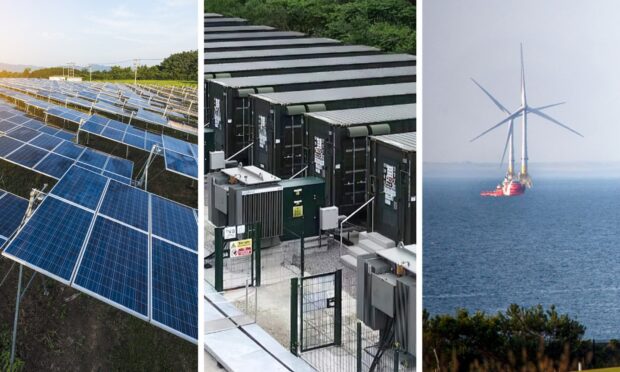
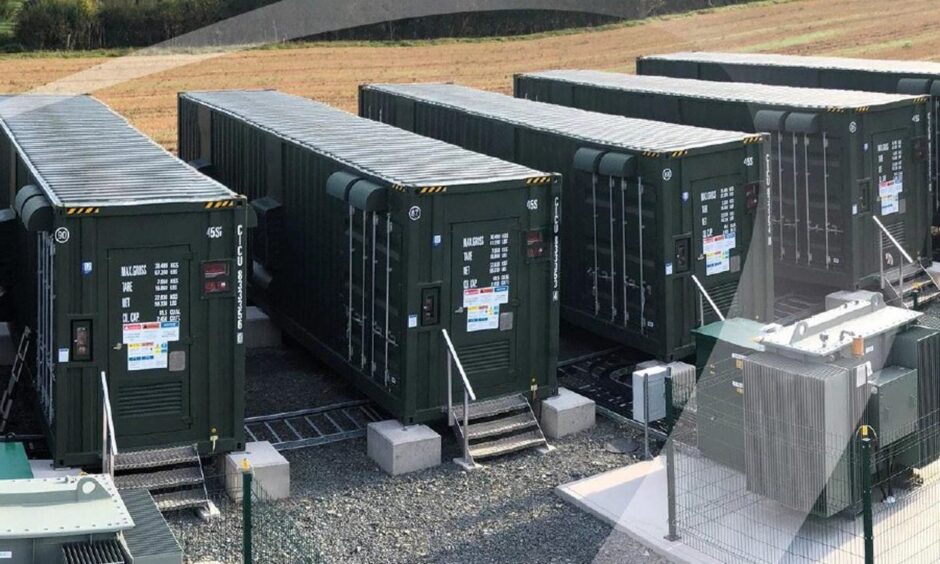
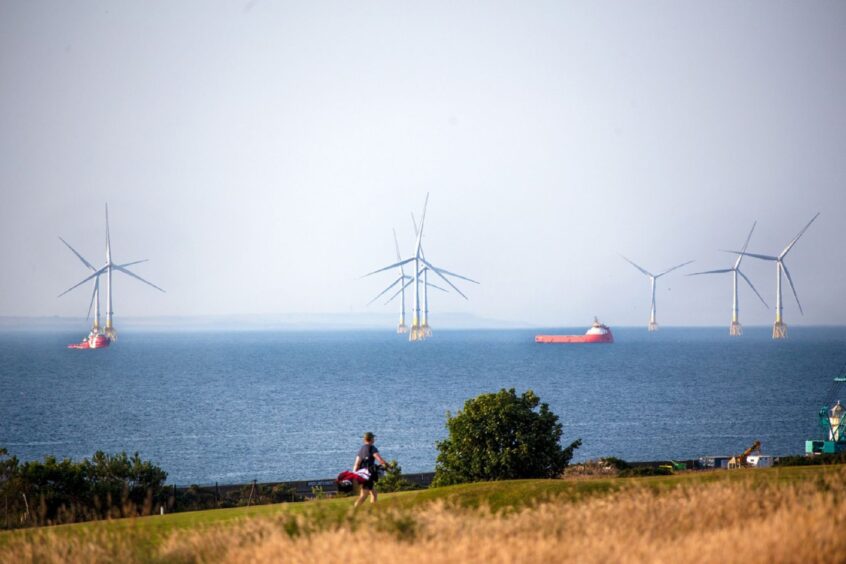
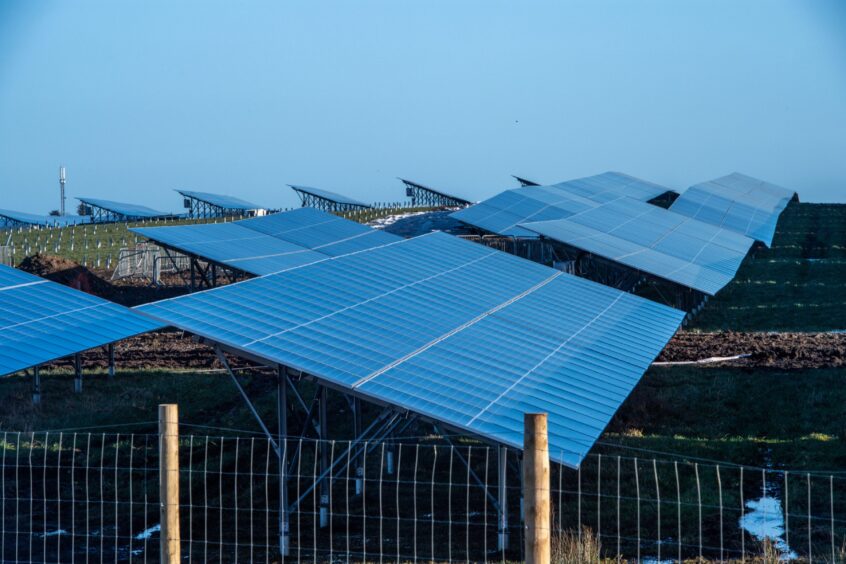
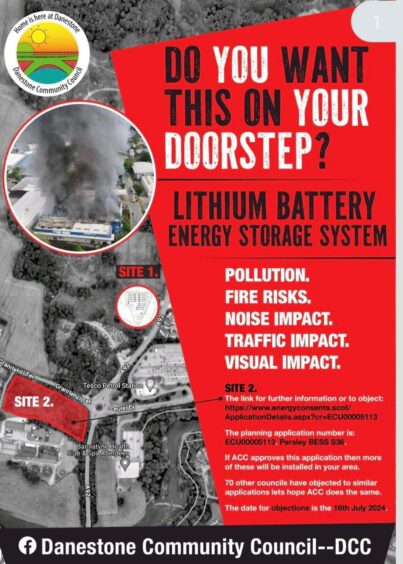
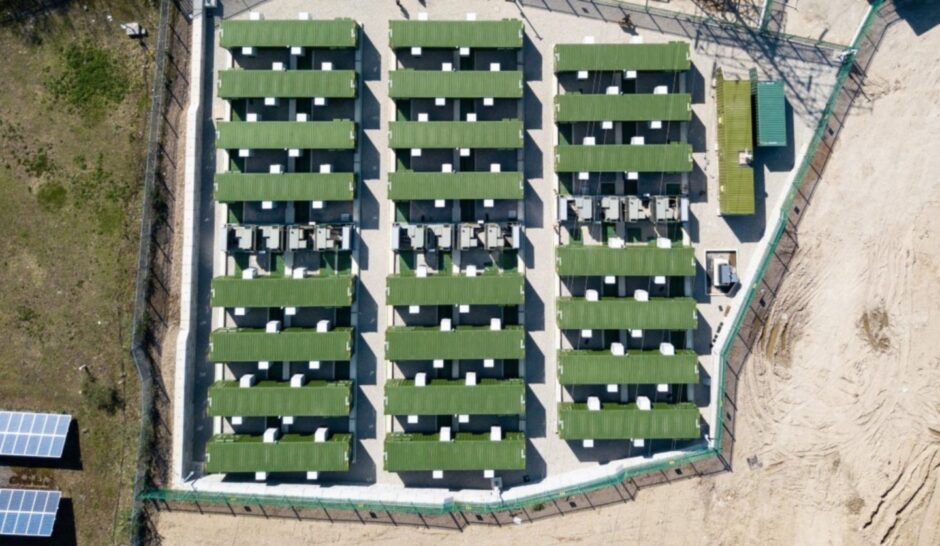
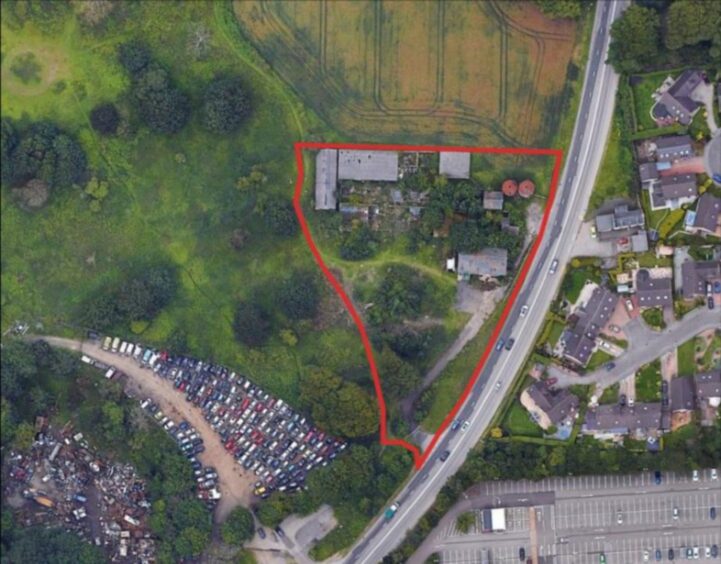
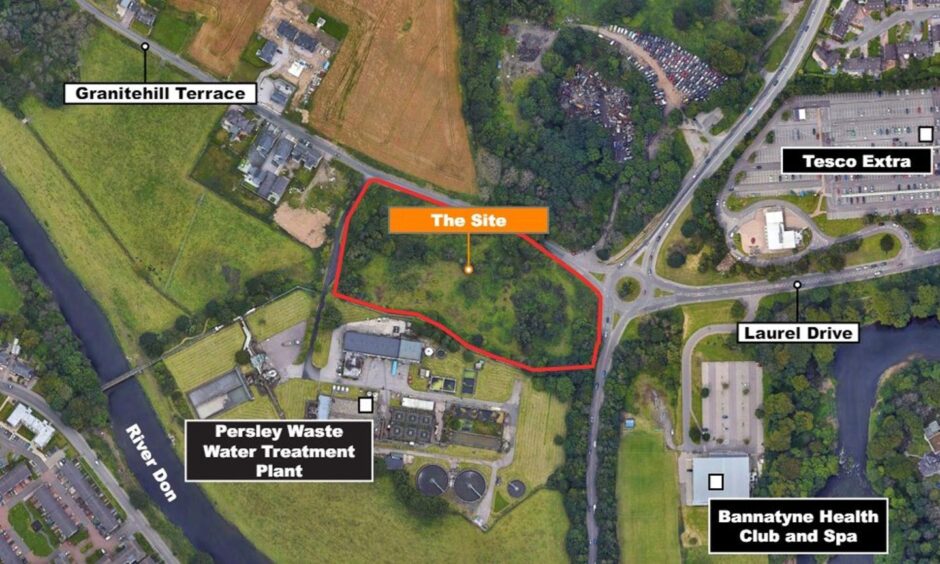

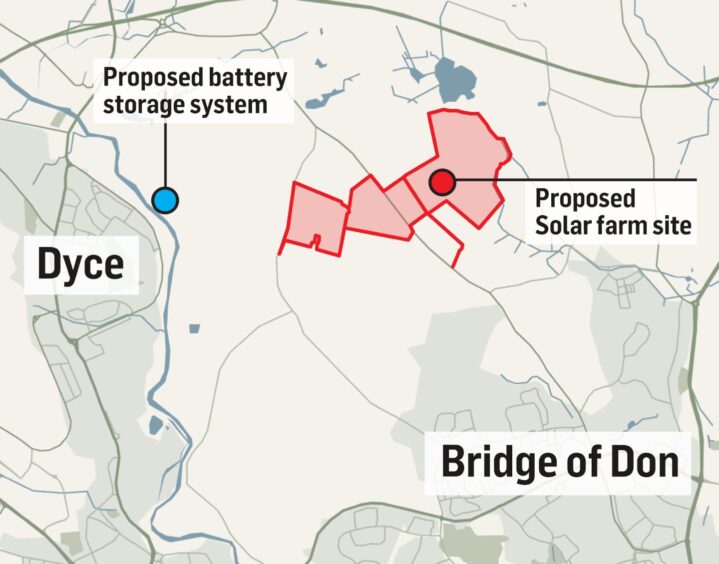
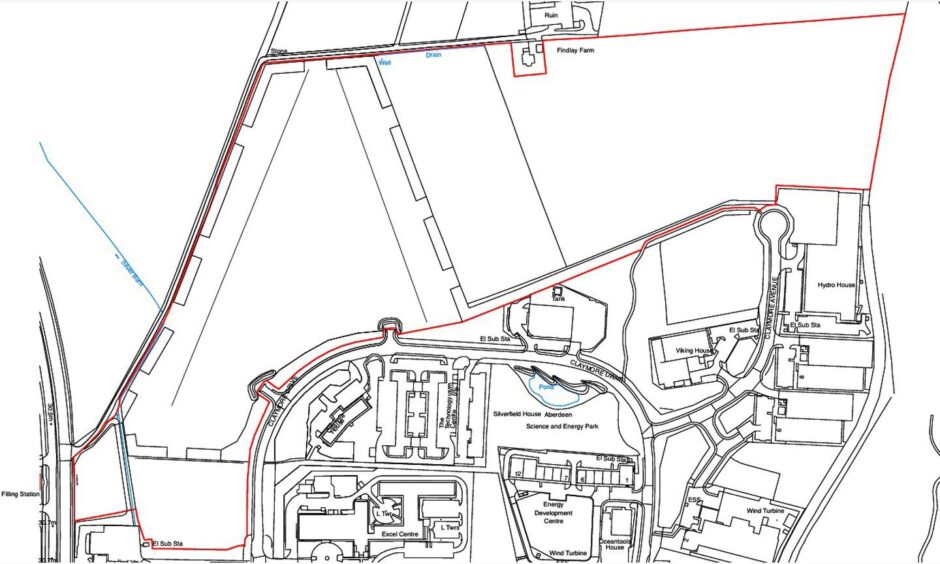
Conversation